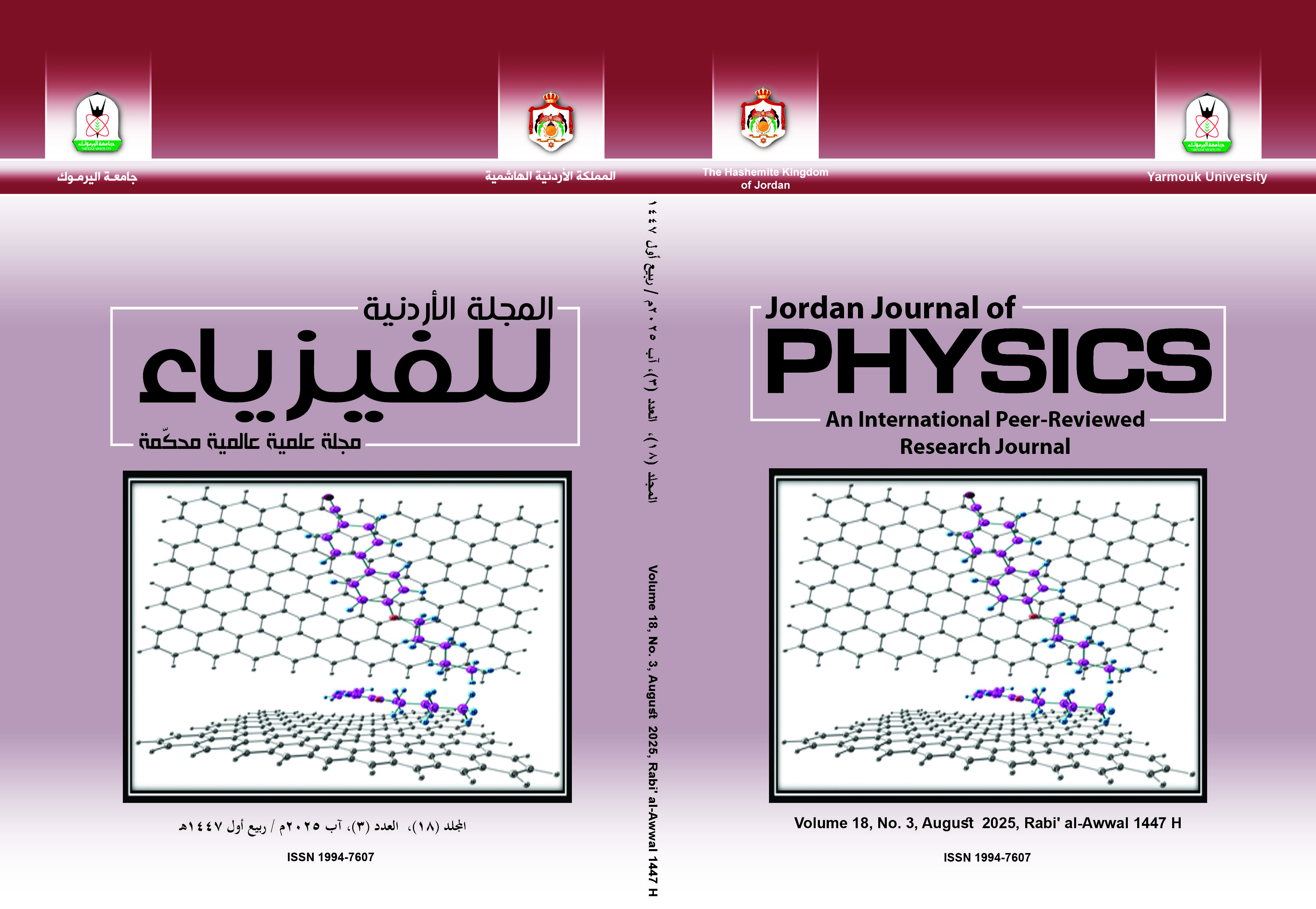Synergistic Antibacterial Properties of Zinc Oxide Nanoparticles Embedded in Chitosan and PVA Composite
Keywords:
Cs/PVA, zinc oxide nanoparticles, sol-gel, optical bandgap, Brevibacterium epidermidisAbstract
In this study, zinc oxide nanoparticles were synthesized via the sol-gel technique, and their structural characteristics were assessed utilizing XRD, FE–SEM, FT–IR, and UV–vis. The solution casting approach was used to insert zinc oxide nanoparticles (ZnO NPs) into a series of chitosan and polyvinyl alcohol (Cs/PVA) mix films. X-ray diffraction (XRD) analysis demonstrated that increasing the ZnO nanoparticle content leads to significant structural changes in the Cs/PVA blend. The FT-IR analysis revealed substantial changes in the absorption bands within the 2000–1250 cm⁻¹ region upon the addition of ZnO nanoparticles to the PVA/Cs blend, the presence of hydrogen bonds, both within and between molecules, highlights the interaction between the hydroxyl groups of Cs/PVA and ZnO NPs. UV–vis analysis showed that with increased zinc oxide nanoparticles, the optical bandgap of Cs/PVA decreased from 5.45 eV to 4.5 eV. The antimicrobial tests revealed that the nanocomposite films demonstrated significantly improved antimicrobial effectiveness compared to the pure Cs/PVA film. This improvement directly corresponds to the increasing concentration of ZnO nanoparticles within the matrix. This nanocomposite can filter against Brevibacterium epidermidis bacteria, which causes an unpleasant odor during sweating and when wearing shoes for long periods.


